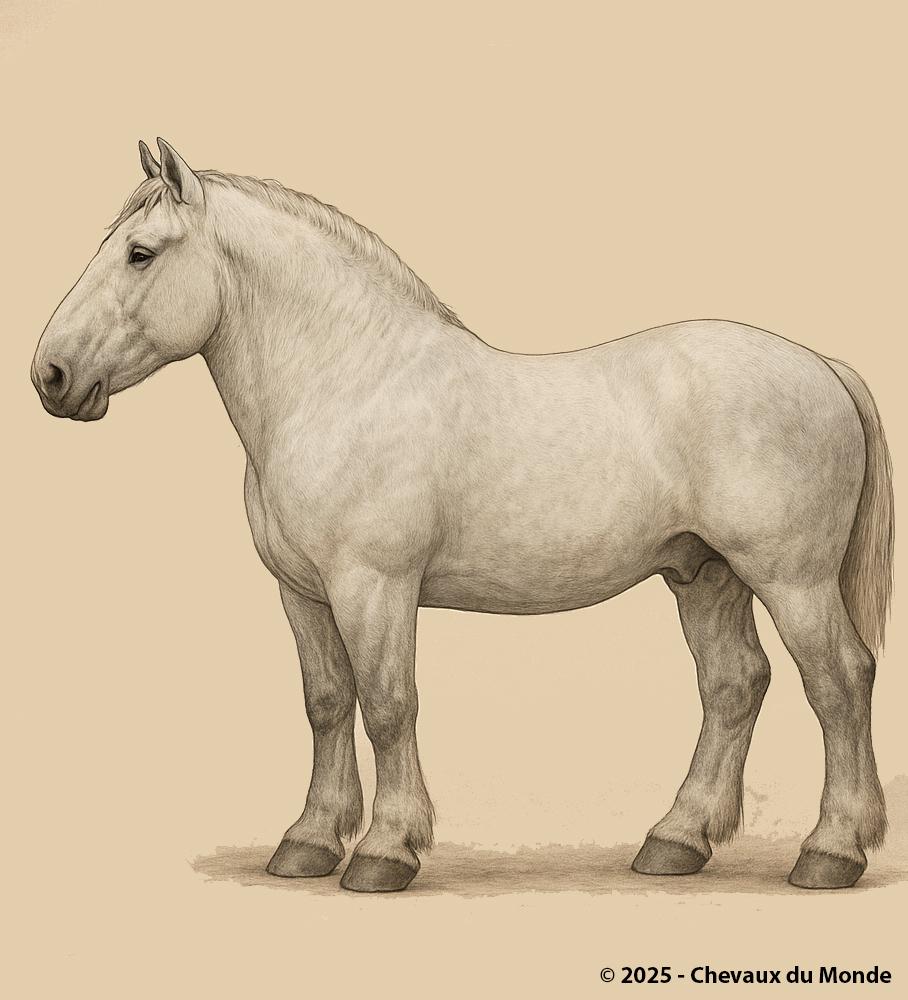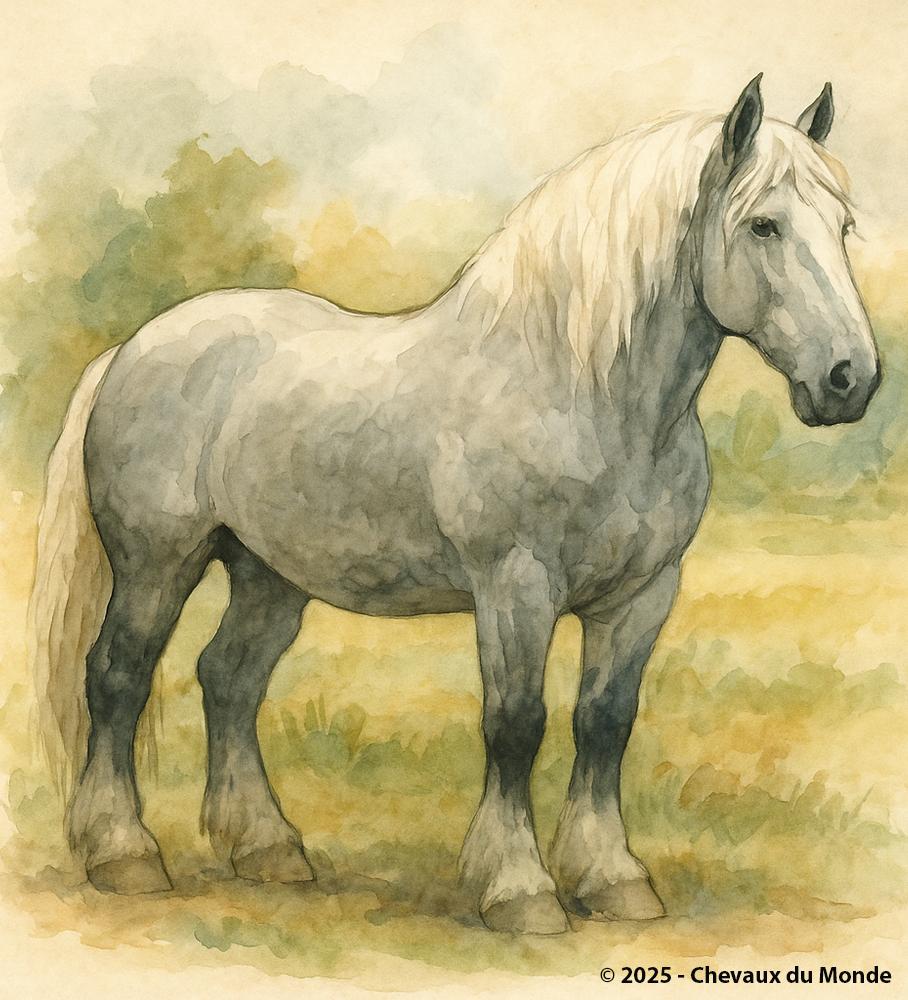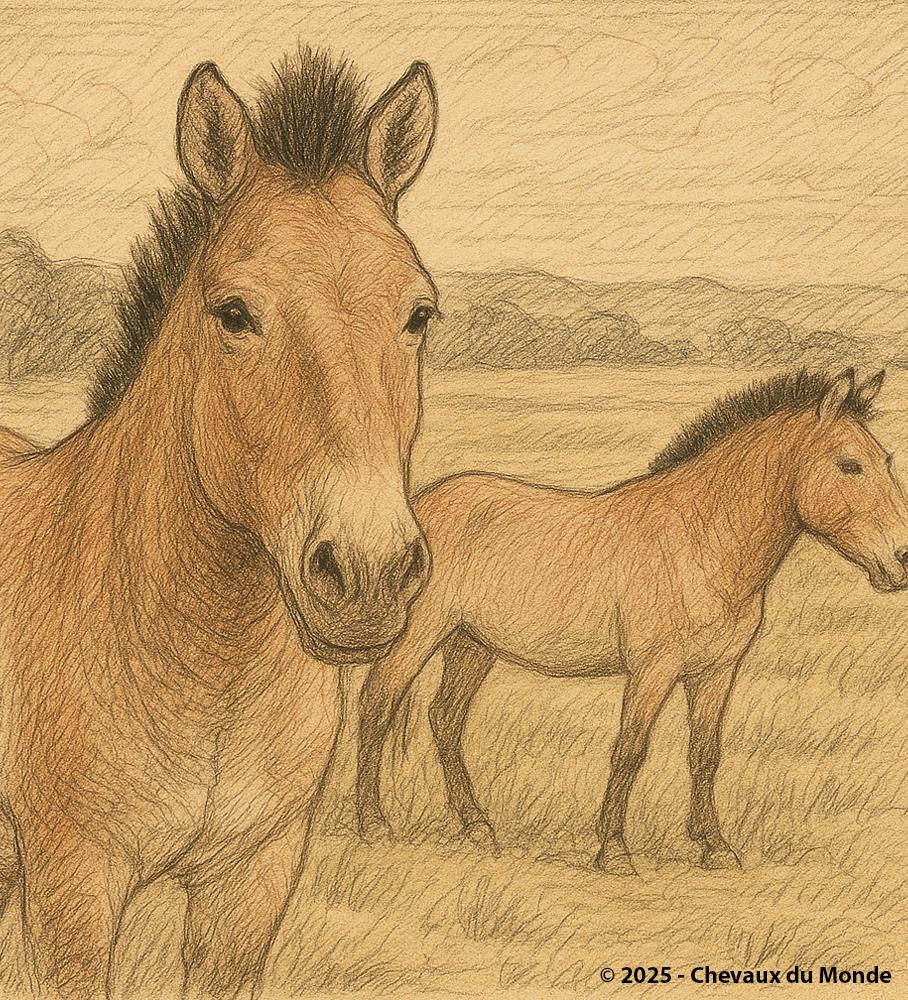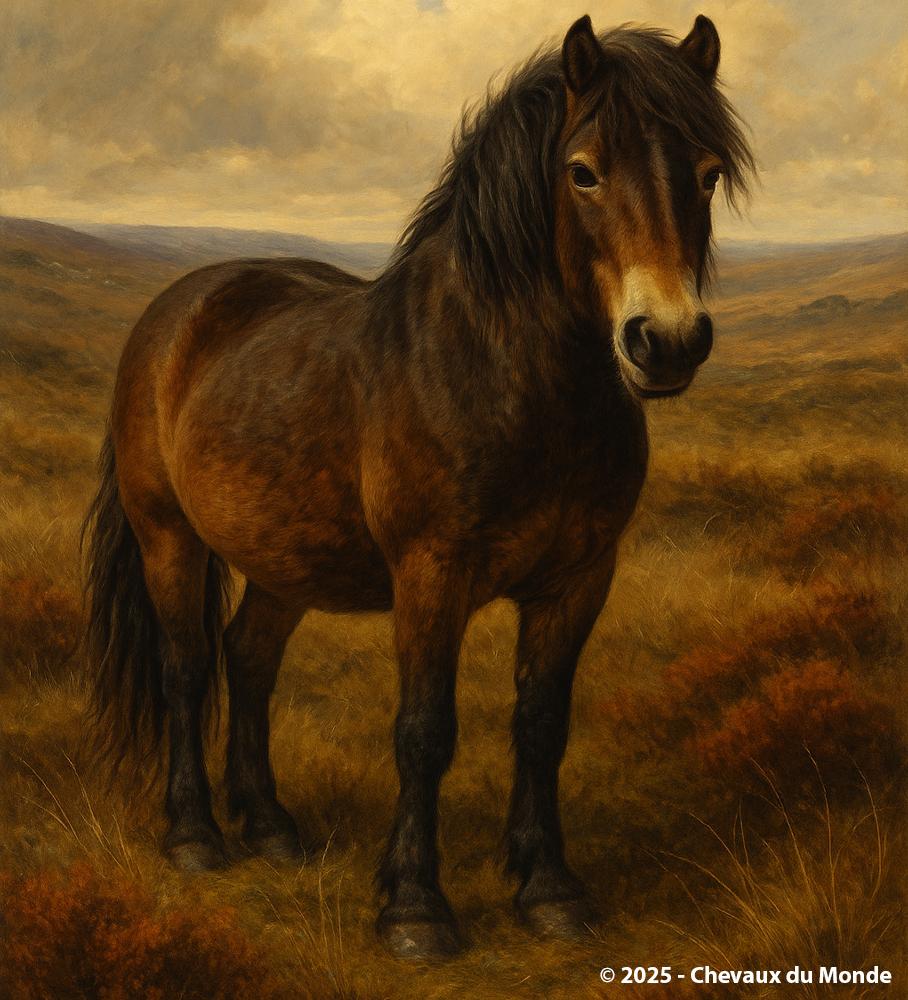FADING INTO SILENCE - WHY SOME HORSE BREEDS ARE ENDANGERED

Some ancient breeds like the Boulonnais are now critically endangered.
A Threatened Equine Biodiversity
Today, over 500 horse breeds are officially recorded worldwide. Yet, according to the FAO, nearly one-third of them are at risk of extinction. Some breeds have fewer than a few dozen reproductive individuals left.
These disappearances are far from trivial: every lost breed takes with it a unique genetic, cultural, and functional heritage.
Why Are These Breeds Disappearing?
Several factors explain this slow decline:
-The modernization of agriculture has rendered many draft horse breeds obsolete.
-Competition standards and the pursuit of performance have marginalized local breeds.
-Geographical or political isolation limits exchanges between breeders.
-The lack of media visibility leaves these horses virtually invisible to the public.
In short: what isn’t known can’t be protected.
What Can These Forgotten Breeds Still Offer?
Despite their lack of fame, these breeds have much to offer:
-Exceptional hardiness (tough climates, rugged terrain, low-maintenance care),
-Functional specializations adapted to local needs (pulling, packing, mountain work),
-A strong cultural identity tied to specific regions (like the Hucul in the Carpathians or the Sorraia in Portugal),
-A precious genetic diversity in the face of over-standardization and inbreeding risks.
Concrete Actions to Preserve These Living Treasures
Fortunately, many initiatives are emerging worldwide:
-Conservation parks and national breeding centers (e.g., Le Pin in France, Lipica in Slovenia, Bábolna in Hungary),
-European support programs (e.g., SAVE Foundation, LEADER funding),
-Dedicated breeders who continue century-old bloodlines,
-Eco-tourism and sustainable land management projects where these horses find modern roles again.
What Can We Do at Our Level?
Even without being a breeder or scientist, each of us can help these breeds survive:
-Share their stories through blogs, articles, and illustrations,
-Support breeders through visits, responsible purchases, or sponsorship,
-Include these horses in cultural, educational, or ethological programs,
-Promote their use in trekking, light traction, carriage driving, or equine therapy.
Every gesture matters. To preserve a breed is to preserve a story, a skill, and a collective memory.
Endangered horses do not vanish by accident — they often disappear in general indifference. Yet behind each forgotten breed lies a living fragment of our relationship with rural life, with landscapes, and with animals.
Preserving these horses is a tangible act for biodiversity, for culture, and for the living world of tomorrow.
Sources :
IFCE - Mise à jour des races d’équidés menacées en 2022



